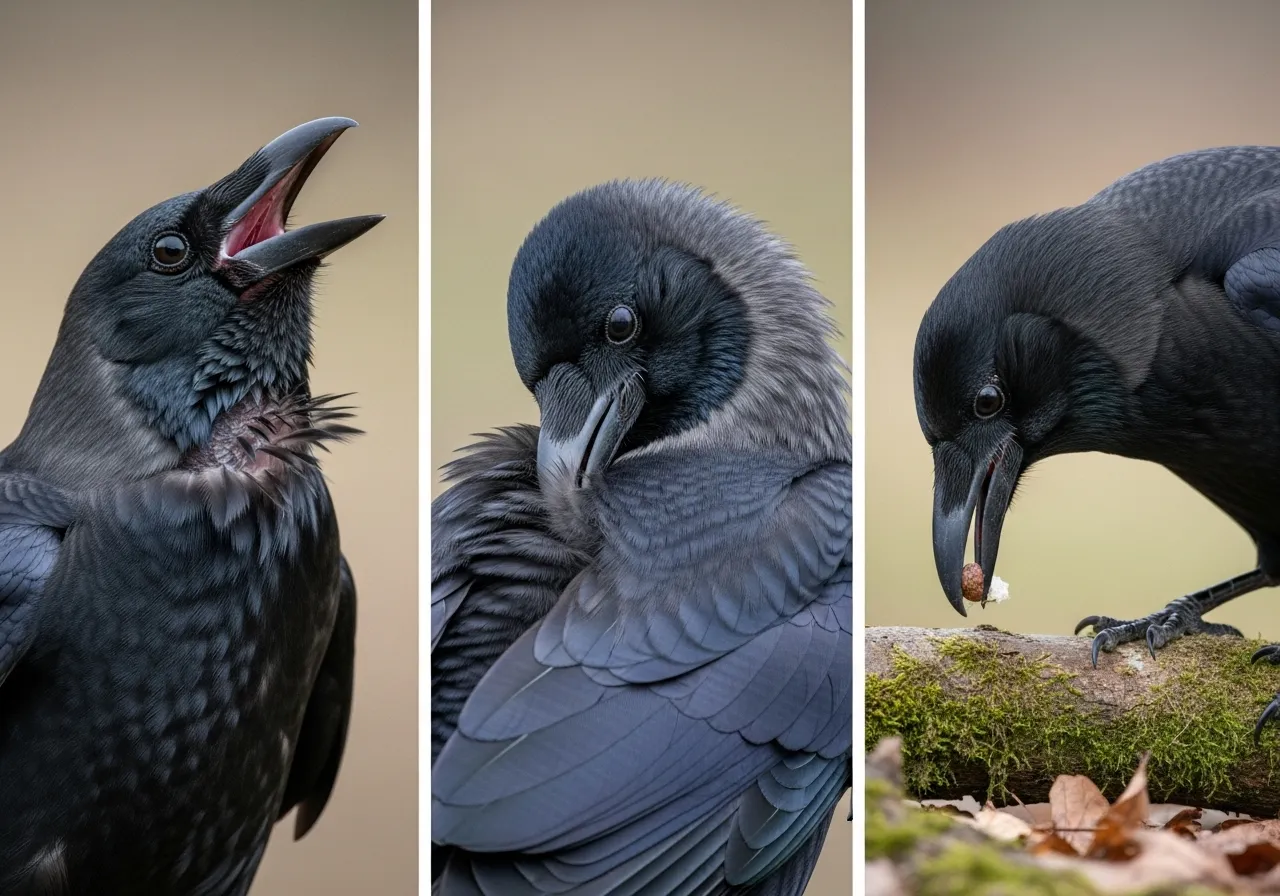
Conclusion: Your Next Steps in Crow Watching
The crow in your backyard is not just a common black bird. It is a highly intelligent, social animal navigating a complex world with skills and awareness we are only beginning to understand. From their ability to craft tools and solve physics puzzles to their capacity to remember faces and pass down knowledge through generations, crows are a constant and accessible source of natural wonder.
By learning to see them not as background noise but as the protagonists of their own intricate lives, we enrich our own connection to the world around us. Your journey into the mind of the crow can start today.
Your Mission This Week
1. Just Watch: Set aside ten minutes this week to simply observe the crows in your neighborhood. Find a comfortable spot by a window or on a park bench and just watch. Don’t look for anything specific; just be present.
2. Listen Closely: Pay attention to their vocalizations. Can you distinguish the loud, attention-grabbing “caws” from the softer clicks and rattles they use when interacting with each other?
3. Note Interactions: Watch how they behave with their environment and each other. Do you see them investigating an object? Following each other? Chasing off a squirrel?
4. Keep a Journal: Consider jotting down your observations in a simple notebook. Note the date, time, weather, and what you saw. This practice sharpens your observation skills and helps you see patterns over time.
5. Learn More: Use a resource like the Cornell Lab of Ornithology‘s website to look up the specific crow or corvid species in your region. Learning about their specific life cycle and behaviors will make your observations even more meaningful. You can even contribute your sightings to a citizen science project like eBird.
By taking these small steps, you move from being a passive bystander to an active, engaged observer of the natural world. The secrets of bird intelligence are all around you, waiting to be discovered.
This article is for educational purposes only. Always follow local laws and regulations regarding wildlife. Never approach, handle, or feed wild animals. For your safety and theirs, maintain a respectful distance at all times. In a wildlife emergency, contact your local animal control or a licensed wildlife rehabilitator.















